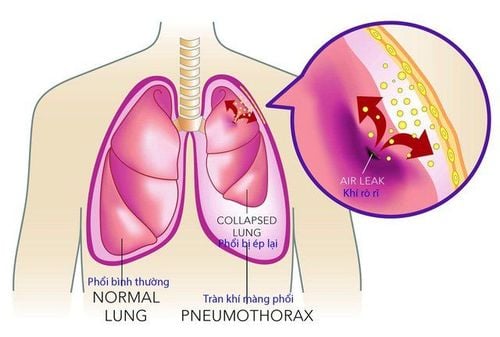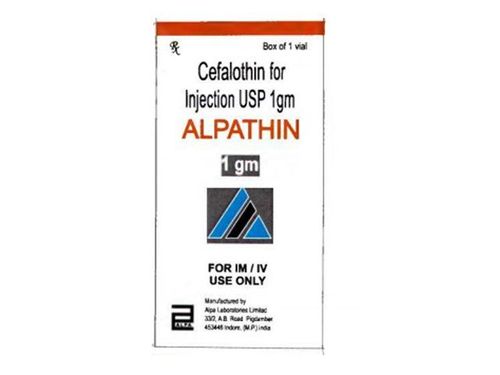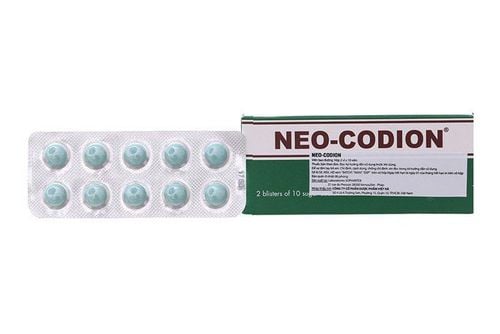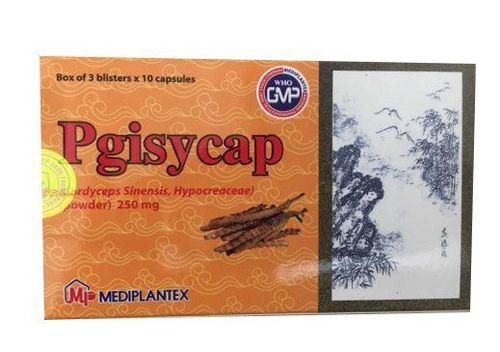This is an automatically translated article.
This article is professionally consulted by Doctor Vo Ha Bang Suong and Doctor Nguyen Hong Phuc - Department of Medical Examination & Internal Medicine - Vinmec Phu Quoc International General Hospital.The consequences of pleural effusion affect the patient's respiratory function, although detected and treated promptly, pleural effusion can still leave sequelae. Especially for the elderly, the sequelae are more severe.
1. What is pleural effusion?
The pleural space is a virtual space located between the lung and the chest wall (Between parietal and visceral). Normally in the pleural space there is a little fluid (about 10-15ml) that functions as a buffer system between the lungs and the chest wall, this amount of fluid is called physiological fluid in the pleural spacePleural effusion is a condition in which the fluid in the pleural space is more than the physiological level. The amount of fluid is small, increased may not cause uncomfortable symptoms for the patient or only mild shortness of breath, however, in case of large effusion, it is dangerous to the patient's life.
Pleural effusion has many causes and can be benign, but there are many cases of malignant pleural effusion, repeated many times can be fatal.
2. Causes of pleural effusion
2.1 Pleural effusion due to permeation
Systemic causes such as:
Heart failure, pericardial effusion Cirrhosis: Causes hypoalbuminemia and increased intravascular hydrostatic pressure. Nephrotic syndrome Superior vena cava obstruction Malnutrition. 2.2 Pleural effusion caused by secretions
Causes in the lungs:
Pneumonia, pleurisy caused by bacteria, viruses, tuberculosis Due to primary cancer in the lung or metastases from other organs to cause increased vascular permeability and inflammatory exudate.
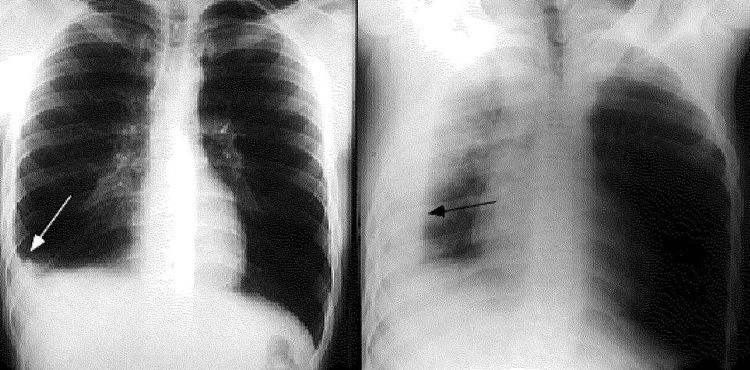
Có 2 nguyên nhân gây tràn dịch màng phổi
3. Consequences of pleural effusion
Consequences of pleural effusion depend on the type of disease.Silky pleurisy can leave sequelae:
Simple adhesion pleurisy: Usually occurs in the basal area of the lung, they cause the two pleura to stick together, the patient feels pain every time he takes a deep breath. Can be detected by imaging methods Thickening of the pleura: The patient has shrinkage, limited expansion of the thoracic cavity, contraction of the mediastinum and diaphragm, greatly affecting the ability to breathe. In more severe cases, the lungs are trapped due to thickening of the pleura. This sequelae can be detected through X-ray film or CT scan, is a bad consequence, seriously affecting the ability to breathe. Calcification of the pleura: This is a rare case. Tuberculous empyema The sequelae of tuberculous purulent inflammation are commonly seen in the presence of extensive pleural thickening and pleural calcifications. In this case, it is necessary to carefully monitor the patient to prevent the recurrence of TB.
Malignant pleural effusion Due to primary cancer cells in the lung grow invasively in the pleural space or because cancer cells metastasize from other places: In case of malignant pleural effusion despite treatment It can be treated but can recur and is a life-threatening condition.
4. How to prevent sequelae of pleural effusion
To prevent patients need:
Follow the treatment prescribed by the doctor Use anti-pleural drugs Do not arbitrarily stop the drug early, without the consent of the treating doctor. respiratory function, practice deep breathing to expand the lungs, blow balloons, movements to expand chest concentration. Diet ensures adequate nutrition. Consequences of pleural effusion depend on the type of disease, adherence to drug treatment and persistence in respiratory rehabilitation is a measure to prevent the consequences of pleural effusion. After the treatment of pleural effusion, the patient should be re-examined according to the schedule to be monitored and early detection of sequelae caused by the pleural effusion.

Tập thở sâu để phổi co giãn, thổi bóng, các động tác làm giãn nở nồng ngực
Please dial HOTLINE for more information or register for an appointment HERE. Download MyVinmec app to make appointments faster and to manage your bookings easily.





